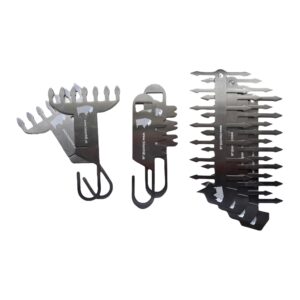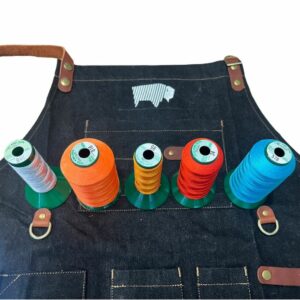Pockets have been an essential part of aprons for centuries, serving not only as a functional addition to the garment but also as a reflection of the changing roles and needs of the people who wear them.
The history of pockets on aprons can be traced back to the Middle Ages, when aprons were worn primarily by working-class women. These early pockets were simple and functional, often consisting of a small pouch or pocket sewn onto the front of the apron. They were used to store essential tools and materials, such as needles, thread, and coins.
As the Industrial Revolution took hold in the 18th and 19th centuries, aprons became increasingly popular among factory workers, who used them to protect their clothing from dirt and debris. The pockets on these aprons were also larger and more functional, allowing workers to carry a wider range of tools and materials.
In the 20th century, aprons began to take on a more decorative role, as they were worn by homemakers and cooks. These aprons often featured pockets as well, but they were often smaller and more decorative. Some aprons even featured pockets that matched the overall design of the apron, such as a pocket with a flower or bird embroidered on it.
Today, aprons are worn by a wide range of people, from professional chefs to artists and crafters. And pockets remain an essential part of the apron, offering both functional and aesthetic benefits. Large pockets can be used to store a variety of tools, such as cooking utensils, recipe cards, and even cell phones. They also provide a convenient place to keep your hands free, so you can work with both hands.
Overall, pockets on aprons have evolved over time to meet the changing needs of the people who wear them. They are no longer just a functional addition, but also a stylish detail that can make an apron unique and stylish. If you’re looking for an apron with lots of pockets, it’s worth considering one with larger pockets or multiple pockets to help you stay organized and productive while you work.
-
Gaucho BBQ Grill Apron
£69.00 £69.00 -
BBQ Blade
£10.00 £10.00 -
King Fork
£20.00 £20.00 -
Apron E-Gift Card
£69.00 -
Couple’s Gaucho BBQ Aprons
Original price was: £138.00.£100.00Current price is: £100.00. £100.00 -
Family BBQ Tool Set
From £70.00 £70.00 -
Corporate Personalised BBQ Apron
Minimum order of 5








